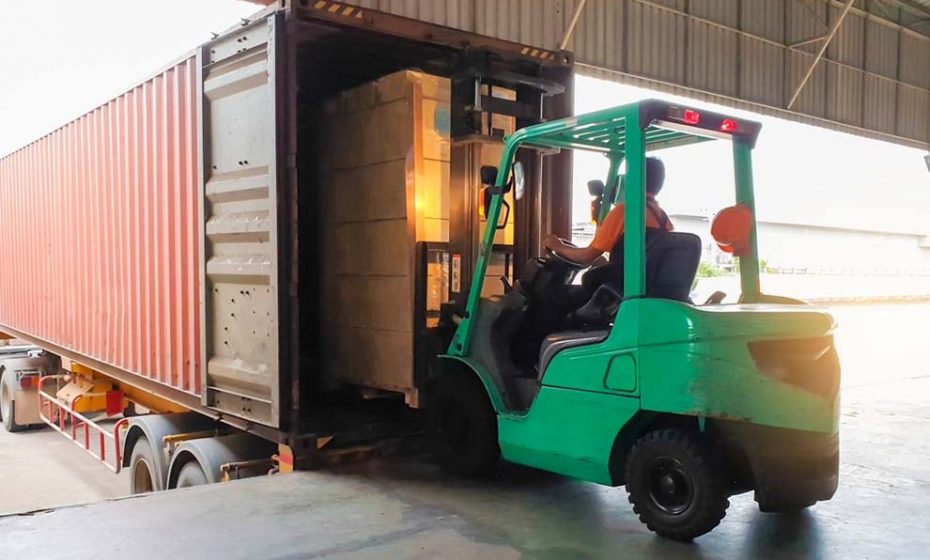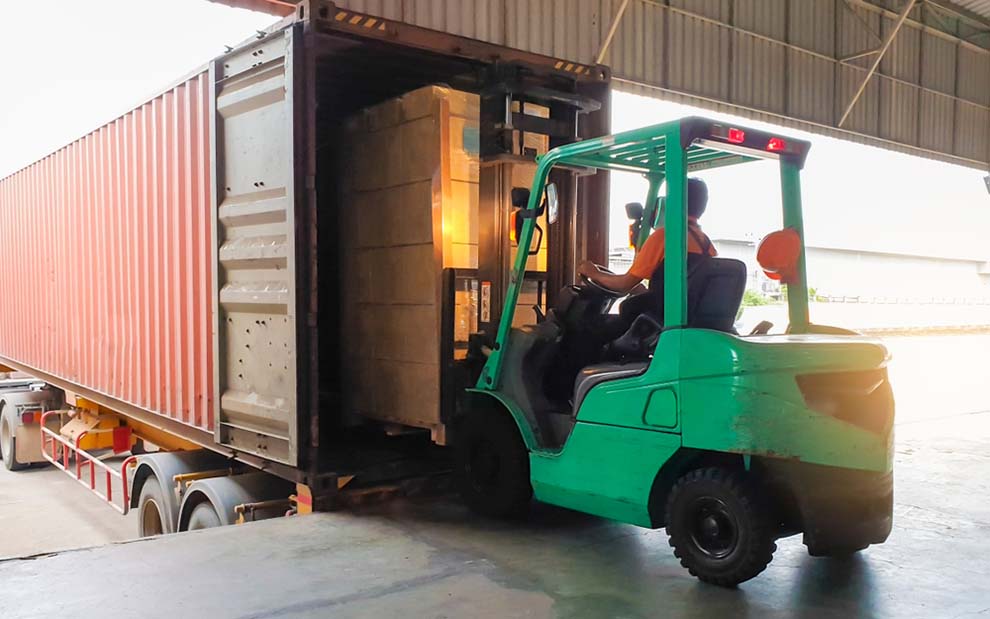Source: Siwakorn1933/Shutterstock.com
Where would your OEM warehouse be without a pallet jack? This simple yet amazingly helpful tool has been a staple of the warehousing and manufacturing industry for decades. Every product counts when it comes to running an OEM facility. Dropping a package or damaging one of your containers could cost you hundreds, if not thousands, of dollars. In some cases, a damaged piece of equipment could mean the difference between life and death so you can’t afford to be careless when using a pallet jack.
One mistake could also damage your reputation in this highly precise industry. Learn how to use a pallet jack in OEM settings to make sure your products make it to their destination intact.
Pallets 101
Before you put your pallet jack to work, there’s a few things you should know about pallets. Not all pallets are made equal.
Wooden pallets can lead to the spread of wood chips and debris, making it harder for your team to navigate the warehouse. These pallets won’t last more than a few trips. Large industrial equipment can also chip away at the wood, putting your shipments at risk. Warping and shrinking will also affect the size and shape of your pallets, making them harder to move.
We recommend using metal or plastic pallets in the OEM industry. They maintain their dimensions for safe handling. Your pallets should be just as resilient as your equipment.
Sold Your Old Pallets? Order New Ones with Our Pallets for Sal
Look for plastic pallets with durable materials to give your shipments the support they need.
How to Use a Pallet Jack
Before you begin, take a moment to look over the pallet jack to make sure nothing looks out of place. There should be nothing hanging off the jack or dangling in front of the wheels. Spend a few minutes cleaning off the surface before attempting to load the pallet, especially if your facility handles hazardous industrial materials.
Source: Siwakorn1933/Shutterstock.com
- First, locate the release lever on the handle of the pallet jack. It’s usually hard to miss. It may have a bright yellow or orange handle compared to the otherwise black handle. Make sure you’re standing behind the prongs with the ends pointing straight in front of you.
- Now, push the pallet jack to the pallet or freight you’re looking to move. If you are pulling the jack out from a corner or wall, do not walk backwards. Keep your eyes on where you’re headed with one hand pulling the jack behind you. If the pallet jack doesn’t move, press the lever up to raise the prongs. The jack won’t move if the prongs are touching or close to the ground.
Our Plastic Pallets Are Durable Yet Affordable
- Once you reach the load, use the release lever to lower the prongs until they are about one inch off the floor. If the prongs don’t move when you pull the lever, it means the prongs have already been lowered.
- Next, carefully slide the prongs into the slots on the pallet. If the prongs are too high or too low, use the lever to adjust accordingly.
- Before you begin to move the pallet, make sure the prongs reach all the way to the other side. The wheels should be touching the floor and nothing else. Inspect the pallet and container to see if they’re properly attached.
- Use the release lever to slowly raise the prongs and pallet. Stop if the weight shifts in place.
- You can now move the pallet and freight to its desired location. Always watch where you’re going when traveling with a pallet jack. Go slow–especially around high traffic areas, corners and intersections.
Learn more about pallet jack safety before putting your team to work.
Source: Siwakorn1933/Shutterstock.com
Different Types of Pallet Jacks
Pallet jacks are either manual or electric. When using a manual jack, you will need to pump up the prongs using the lever. This may take several pumps. Positioning the prongs can also be difficult for some users. That’s why many facilities prefer electric pallet jacks. They have an easy-to-use interface which makes it perfect for beginners and training new employees. The controls come with arrows that position the prongs in different directions for a smooth fit every time.
Again, you can never be too careful in the OEM industry. Your equipment is priceless, so avoid using faulty equipment that can put your products at stake. Find quality pallets for sale to make shipping and handling as safe as possible.



